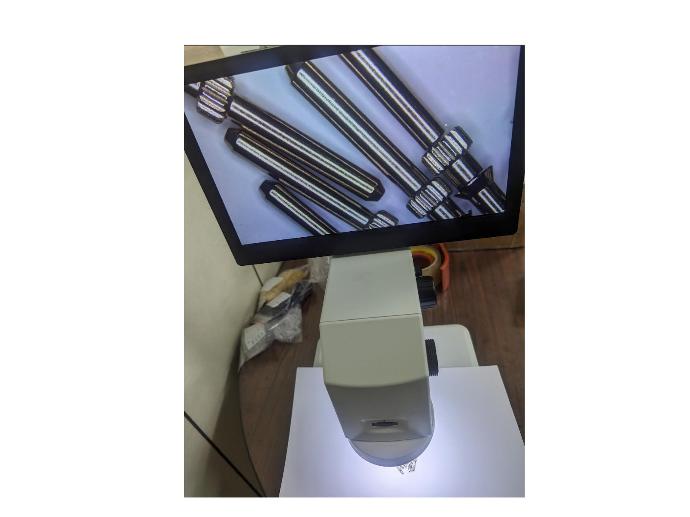Quality control micro gear parts

The Importance of Quality Control in Micro Parts Manufacturing
In the world of micro parts manufacturing, precision is paramount. From medical devices and aerospace components to robotics and electronics, these tiny, highly specialized parts play a critical role in ensuring that the entire system functions seamlessly. Quality Control (QC) isn’t just an added step in the manufacturing process—it’s a vital practice that guarantees performance, accuracy, and reliability.
But why is QC so important when it comes to micro parts? Let’s dive into why effective quality control is the foundation of high-performing, durable micro components.
1. Precision is Non-Negotiable
Micro parts are characterized by their tiny size, often measuring in microns or millimeters. A small deviation in size or shape can lead to:
-
Malfunctioning components
-
Impaired product performance
-
System failures
In industries like aerospace, robotics, or healthcare, even the smallest flaw in a micro part can cause costly consequences. QC processes such as visual inspection, dimensional measurement, and microscopic analysis ensure that each part meets the exacting standards required for flawless performance.
2. Ensuring Consistency and Reliability
Micro parts often need to function within tight tolerances and high-performance conditions. A single faulty part can compromise the entire system. That’s where QC steps like:
-
Automated vision systems for detailed inspections
-
Laser scanning for precise measurements
-
Non-contact measurement technologies to prevent damage
...come into play, ensuring that every part is consistent and reliable for long-term use.
3. Protecting Brand Reputation
For manufacturers, product failures due to subpar micro parts can result in serious damage to the brand. Customers expect the highest level of quality, especially when using products in critical applications. Through rigorous QC processes, manufacturers protect their brand reputation by ensuring that every micro part meets customer expectations and regulatory standards.
-
ISO certification and industry-standard QC procedures ensure compliance with global regulations.
-
Performance testing verifies that parts will stand up to real-world usage.
This commitment to quality reinforces trust with customers and guarantees that products perform as promised.
4. Cost Savings Through Early Detection
Detecting defects early in the manufacturing process is much more cost-effective than dealing with the consequences of a failure in the field. By integrating QC checks throughout the production cycle, manufacturers can:
-
Minimize waste by catching defective parts early
-
Prevent costly rework or product recalls
-
Optimize production efficiency by ensuring parts are made to spec from the start
This proactive approach leads to substantial cost savings while maintaining high product quality.
5. Meeting Industry Standards and Regulations
Industries like aerospace, healthcare, and automotive are governed by strict regulations to ensure safety and performance. Micro parts used in these industries must comply with:
-
Safety regulations
-
Performance standards
-
Environmental guidelines
QC plays a pivotal role in ensuring that all parts meet the required certifications and pass rigorous testing to maintain compliance with international standards. This not only ensures the safety of the end-users but also minimizes legal liabilities for manufacturers.
Final Thoughts: QC as the Backbone of Micro Parts Manufacturing
Quality Control is more than just a procedure—it’s a critical element that ensures micro parts are reliable, consistent, and performing at their best. By implementing comprehensive QC processes, manufacturers can:
-
Guarantee accuracy in every part
-
Protect their brand reputation
-
Meet industry standards
-
Achieve cost-effective production
In the world of micro parts, where precision and performance are everything, QC isn’t optional—it’s essential.
2020/2/8